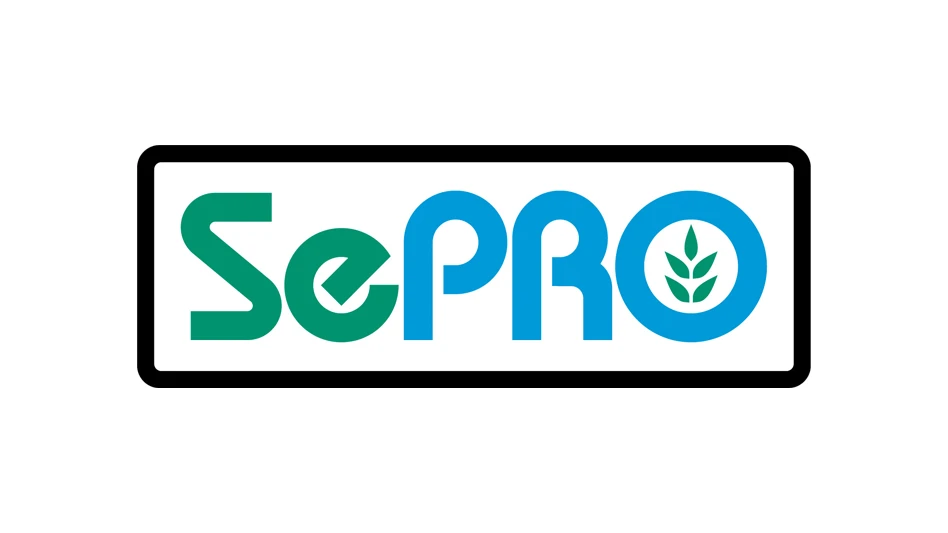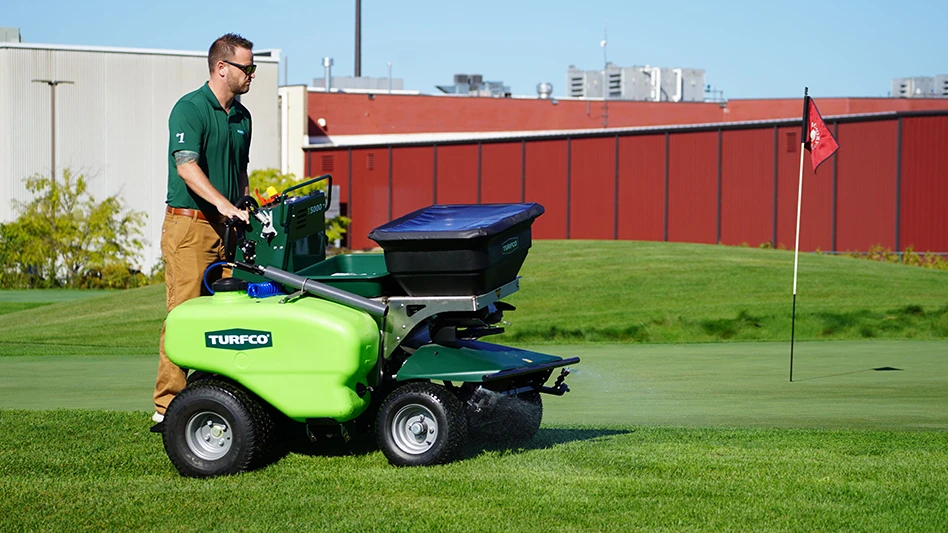|
|
I was sent the picture to the right and after my “Oh my God!” reaction, I figured a review of its hydraulics is in order. First, a few comments on the picture:
The friction loss in a 1-1/2 inch, Class 315 pipe at 38 gpm is 3.67 psi per 100 feet. So at 7 feet that would be a friction loss of only 0.26 psi. That’s not very much, but that assumes there are no turns. The Rain Bird website – it’s a Rain Bird sprinkler and the color makes me think Rain Bird swing joints – says about 0.5 psi friction loss through their 1-1/2-inch swing joint. A normal swing joint has three turns; this one looks to have 25 turns, just a few more than necessary. So the friction loss through this mess is at least 4 psi, but given the configuration I am sure it is more like 10 to 15 psi. When they calculate system hydraulics, most designers do their analysis through the mainline pipe and maybe the lateral piping. They would use a number of 1 or 2 psi for the swing-joint friction loss. So for a sprinkler operating at 80 psi they might assume a minimum pressure of 82 or 83 psi at the sprinkler base or because valve-in-head sprinklers are pressure-regulating more likely 92 or 93 psi. Remember, valve-in-head sprinklers require a minimum 10 psi difference in pressure for the sprinkler to regulate. In this case, with the excessive friction losses, the sprinkler is most likely not receiving the intended pressure and it may not be receiving the intended flow. The picture makes you wonder if there if this is the only one, or are there more. Was this the original installation or a repair? If it was the original installation, then it is probably not alone. If that’s the case, I would hate to see what else might be in the ground. If it was a repair, it is hopefully a one-time expensive occurrence.
Sprinklers are sensitive to pressure issues which affect both the distance of throw and the flow and therefore the uniformity. It’s important staff and installer crews are educated on how their actions can affect the operation of the overall irrigation system and the individual sprinklers. It’s amazing what you see people do in the irrigation business, and this picture is proof. I’d say nothing surprises me anymore, but as long as there are systems being installed there will still be stupid things done to them.
Brian Vinchesi, the 2009 EPA WaterSense Irrigation Partner of the Year, is president of Irrigation Consulting Inc., a golf course irrigation design and consulting firm headquartered in Pepperell, Mass., that designs irrigation systems throughout the world. He can be reached at bvinchesi@irrigationconsulting.com or 978/433-8972. |

Explore the November 2013 Issue
Check out more from this issue and find your next story to read.
Latest from Golf Course Industry
- Atlanta Athletic Club approves funding for master plan
- Maximizing Cultural Practices and Agronomic Benefits with Minimal Surface Disruption
- Real Answers about Spray Nozzle Choices
- From the Course to the Factory: How Customer Insights Drive Innovation
- New & Proven Enzyme Strategies for Sprayable Thatch Management
- Innovating Tomorrow: Wittek’s New Products & Industry Staples
- PBI-Gordon introduces new field development team
- The Cabot Collection announces move into course management

 So let’s look at the installation aspects of this configuration. My first question is – why? What would make someone think of doing this let alone do it? Followed by; who is supervising the work? On golf course irrigation systems hydraulics are extremely important and their analysis quite detailed. The person who installed this elongated swing joint either had no idea how it would affect the sprinklers’ operation or didn’t care. It may have been done to get the sprinkler out from under a cart path, but that’s no excuse.
So let’s look at the installation aspects of this configuration. My first question is – why? What would make someone think of doing this let alone do it? Followed by; who is supervising the work? On golf course irrigation systems hydraulics are extremely important and their analysis quite detailed. The person who installed this elongated swing joint either had no idea how it would affect the sprinklers’ operation or didn’t care. It may have been done to get the sprinkler out from under a cart path, but that’s no excuse.





